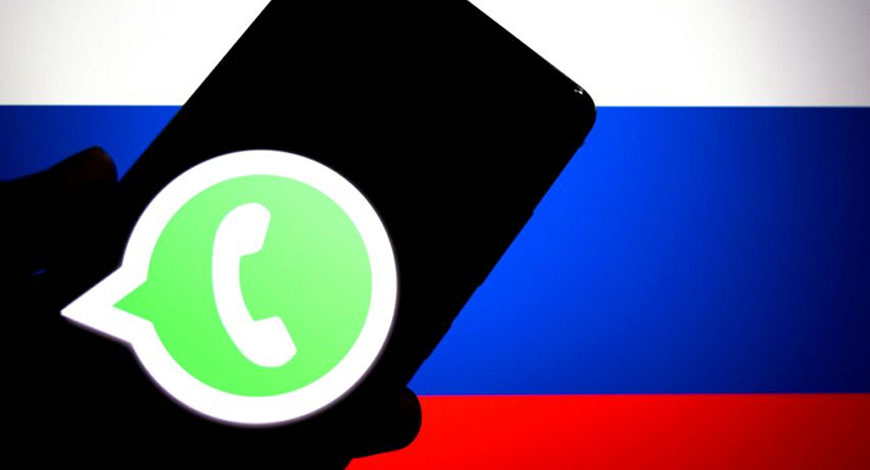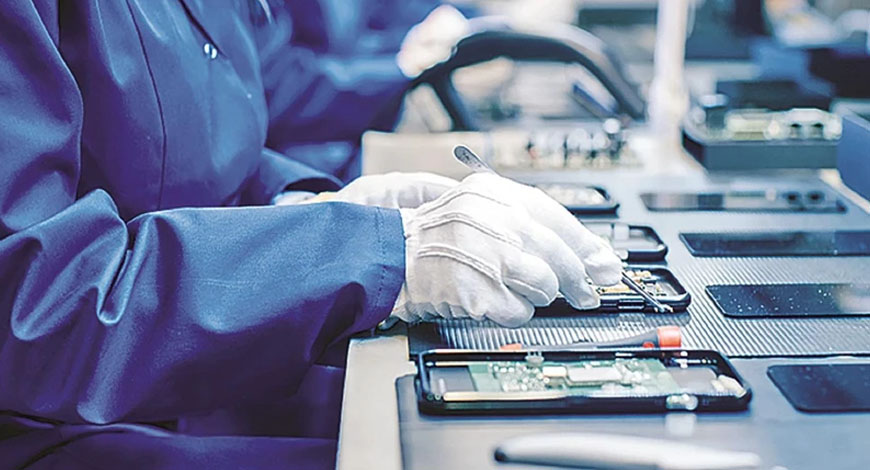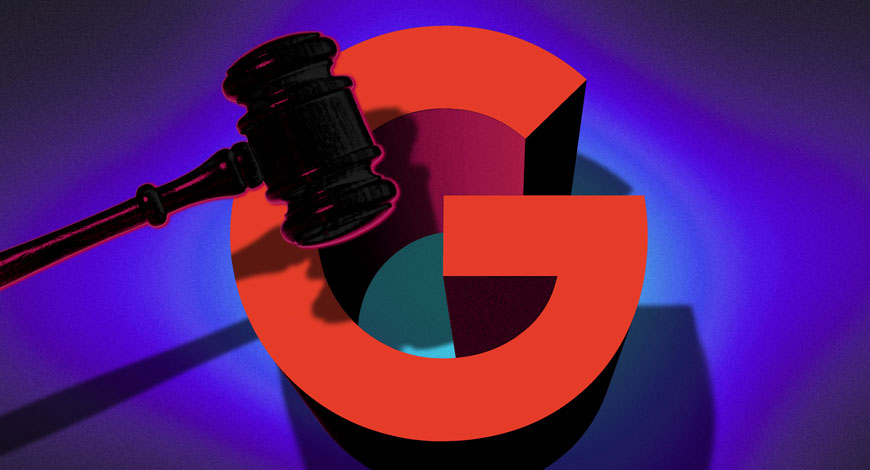The edge AI hardware market is projected to reach USD 58.90 billion by 2030, up from USD 26.14 billion in 2025, at a CAGR of 17.6%, according to Research and Markets.
The report will help the market leaders/new entrants with information on the closest approximations of the revenue for the overall edge AI hardware market and the subsegments. The report will help stakeholders understand the competitive landscape and gain more insight to position their business better and plan suitable go-to-market strategies. The report also helps stakeholders understand the market’s pulse and provides information on key drivers, restraints, opportunities, and challenges.
The edge AI hardware market is growing due to the demand for real-time data processing, reduced latency, enhanced privacy, and better bandwidth efficiency. Advancements in semiconductor technology, IoT, autonomous vehicles, and smart devices also drive this growth.
However, the adoption has limitations, including the lack of processing power, memory, and energy available on edge devices to run complex AI models. This requires intense optimization that may negatively impact accuracy. Other limitations to adopting edge AI hardware in the vicinity included security vulnerabilities, deployment costs, scaling, and maintenance in distributed edge systems.
The report provides an-depth assessment of market shares, growth strategies, and offerings of leading players in the edge AI hardware market, such as Qualcomm Technologies, Inc. (US), Huawei Technologies Co., Ltd. (China), SAMSUNG (South Korea), Apple Inc. (US), and MediaTek Inc. (Taiwan), among others.
Training function to record higher CAGR during forecast period
The training functionality in edge AI will register a higher CAGR than the inference function as federated learning continues to take hold, wherein AI models can be trained on distributed edge devices directly. At the same time, data privacy and regulations can be complied with.
With industries producing massive datasets of various types at the edge, there is a growing need for always-on, device-based model updates to accommodate real-time learning and adaptation to local conditions. Furthermore, the potential of computing advances makes deploying necessary, decentralized training strategies ever easier, with disaster response, healthcare, finance, and autonomous systems prime examples.
Smartphone devices to capture largest market share during forecast period
Smartphones dominate the market for edge AI hardware due to their vast global user base and the widespread availability of AI-enabled features. These devices have become handy and ubiquitous, offering capabilities such as real-time language translation, facial recognition, and advanced photography – all of which require on-device processing to minimize latency and enhance user privacy.
Mobile 5G technology has further accelerated smartphone adoption, enabling devices to run more sophisticated and powerful AI applications while providing a seamless user experience without relying on cloud connectivity. Consequently, device manufacturers prioritize the development of advanced processing units in smartphones, solidifying their status as the most popular edge AI devices in the world.
China to account for largest market share in Asia Pacific during forecast period
Asia Pacific is expected to account for the largest market share throughout the forecast period. The market’s growth will be fueled by support from the Chinese government and various development plans, such as the New Generation Artificial Intelligence Development Plan and Made in China 2025. Credible companies such as Huawei and Baidu also invest in research and innovation. The vast user base in China, along with significant advancements in the consumption and innovation of consumer electronics, also contributes to this growth.
Moreover, the large volumes of data generated by the Chinese population create an excellent environment for training and deploying edge AI models. China’s strategic approach to integrating AI into various industries – including smart manufacturing, smart cities, and autonomous vehicles – will further support and accelerate the expansion of the edge AI market in the region. Research and Markets









